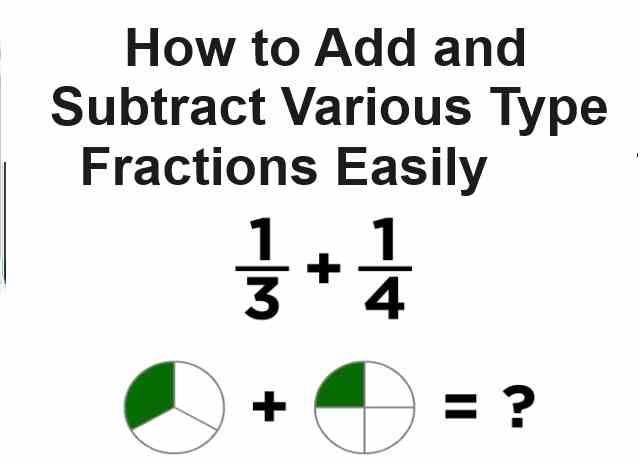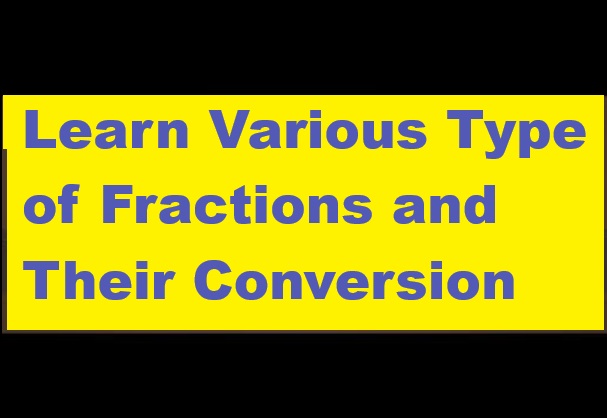Chemistry Semester-2 ICSE Specimen Paper Solved Class-10. Step by step solutions of ICSE Class-10 specimen model sample paper . During solutions of semester-2 Chemistry specimen paper so that student can achieve their goal in next upcoming exam of council .
Chemistry Semester-2 ICSE Specimen Paper Solved Class-10
| Board | ISC |
| Class | 10th (X) |
| Subject | Chemistry |
| Topic | Semester-2 ICSE Specimen Paper Solved |
| Syllabus | on bifurcated syllabus (after reduction) |
| session | 2021-22 |
| Question Type | Descriptive Type (as prescribe by council) |
| Total question | Total- 6 with all parts (Sec-A&B) |
| Max mark | 40 |
Chemistry Semester-2 ICSE Specimen Paper Solved Class-10
Warning :- before viewing solution view Question Paper
Section-A
Question 1:
Choose the correct answers to the questions from the given options. (Do not copy the question, Write the correct answer only.)
(i) The IUPAC name of Ethylene is:
(a) Propane
(b) Propyne
(c) Ethene
(d) Ethyne
Answer : (c) Ethene
(ii) Carbon to carbon double bond is found in:
(a) 2-butylene
(b) Acetaldehyde
(c) Acetic acid
(d) Ethyl alcohol
Answer :(b) Acetaldehyde
(iii) Fused alumina is reduced to aluminium by electrolytic reduction, since:
(a) Alumina is highly stable
(b) Alumina is least stable
(c) Alumina is not reduced by drying agents.
(d) Alumina is not reduced by reducing agents.
Answer :(d) Alumina is not reduced by reducing agents.
(iv) The catalyst preferred in the conversion of Sulphur dioxide to Sulphur trioxide is:
(a) Finely divided iron
(b) Graphite
(c) Vanadium pentoxide
(d) platinum
Answer :
(c) Vanadium pentoxide
(v) Substitution reaction is a characteristic property of:
(a) Alcohols
(b) Alkanes
(c) Alkenes
(d) Alkynes
Answer :(b) Alkanes
(vi) The gas evolved when dilute sulphuric acid reacts with iron sulphide:
(a) Sulphur dioxide
(b) Carbon dioxide
(c) Hydrogen sulphide
(d) Nitrogen dioxide
Answer :(c) Hydrogen sulphide
(vii) An acid obtained from concentrated nitric acid on reaction with Sulphur:
(a) Carbonic acid
(b) Sulphuric acid
(c) Nitric acid
(d) Hydrochloric acid
Answer :(b) Sulphuric acid
(viii) The hydroxide soluble in excess of ammonium hydroxide is:
(a) Zinc hydroxide
(b) Lead hydroxide
(c) Magnesium hydroxide
(d) Ferrous hydroxide
Answer :(a) Zinc hydroxide
(ix) The chemical name of the principal ore of aluminium:
(a) Sodium aluminium fluoride
(b) Aluminium oxide
(c) Hydrated Aluminium fluoride
(d) Hydrated aluminium oxide
Answer :(b) Aluminium oxide
(x) A hydrocarbon which is a greenhouse gas.
(a) Acetylene
(b) Ethylene
(c) Ethane
(d) Methane
Answer :(d) Methane
Click Here to View Video Solutions of Sec-A
SECTION B
(Attempt any three questions from this Section.)
Question 2:
(i) Define:
(a) Catenation
(b) Alloy
Answer :
(a) Catenation- chemical linkage into chains of atoms of the same element, occurring only among the atoms of an element that has a valence of at least two and that forms relatively strong bonds with itself.
(b) Alloy:-metallic substance composed of two or more elements, as either a compound or a solution. The components of alloys are ordinarily themselves metals, though carbon, a nonmetal, is an essential constituent of steel.
(ii) Name the compound formed when:
(a) Ethene reacts with hydrogen in the presence of a catalyst
(b) Bauxite reacts with sodium hydroxide
Answer :
(iii) Draw the structural diagram of:
(a) Propanal
(b) Ethanoic acid
(c) 1,2 dichloroethane
Answer :
(iv) Complete and balance the following chemical equations:
(a) C2H6 + O2 ->
(b) C2H2 + I2 ->
(c) NH3 + HCl ->
Answer :
Question 3:
(i) Identify the anion present in the following compounds.
(a) Compound Z which on reacting with dilute sulphuric acid liberates a gas which has no effect on acidified potassium dichromate but turns lime water milky.
(b) The solution of Compound L on reacting with freshly prepared ferrous sulphate solution followed by addition of few drops of concentrated sulphuric acid to the reactants along the sides of a test tube forms a brown ring at the junction of the two liquids.
Answer :
(ii) State the following:
(a) The drying agent used in the laboratory preparation of HCl gas.
(b) Products formed when ammonia is burnt in excess of oxygen.
Answer :
(iii) State the observation for the following, when:
(a) Manganese dioxide reacts with concentrated HCl.
(b) A glass rod dipped in concentrated HCl acid is brought near ammonia gas.
(c) Concentrated sulphuric acid is added to carbon.
Answer :
(iv) Write balanced equation for the following conversions:
(a) Lead sulphate from lead nitrate and sulphuric acid.
(b) Nitrogen tri chloride from ammonia.
(c) Sodium chloride from sodium sulphite and dilute hydrochloric acid.
Answer :
Question 4:
(i) State the relevant reason for the following:
(a) A layer of powered coke is used over the electrolytic mixture in Hall Heroult’s process.
(b) Graphite anodes are continuously replaced during the electrolysis of alumina.
Answer :
(ii) Name the alloys for the given composition:
(a) Magnesium and aluminium
(b) Magnesium + Manganese + Aluminium + Copper
Answer :
(iii) Identify the terms for the following:
(a) The experiment which demonstrates high solubility of ammonia gas.
(b) A method used to collect HCl gas.
(c) The electrode where reduction takes place.
Answer :
(iv) Complete the table given below:
| Name of the process | Reactants | Acid product formed |
| (a) ___________ | Nitrogen dioxide + water + oxygen |
(b) _____ |
| (c) ___ | Oleum + water | Sulphuric acid |
Answer :
Question 5:
(i) Write the balanced chemical equation to show the concentration of ore in Baeyer’s process.
(a) Sodium aluminate to aluminium hydroxide
(b) Aluminium hydroxide to alumina
Answer :
(ii) Select the correct answer from the brackets to complete the following statements:
(a) The catalyst used in the oxidation of ammonia is __________ [zinc / platinum].
(b) The product formed when ammonia reacts with oxygen is _________ [nitric oxide / nitrous oxide]
Answer :
(iii) Name the following organic compound:
(a) The compound with 3 carbon atoms whose functional group is a carboxylic acid.
(b) The first homologue whose general formula is CnH2n.
(c) The compound formed by complete chlorination of ethyne.
Answer :
(iv) Answer the following questions related to the laboratory preparation of the hydrogen chloride gas:
(a) Why is sodium chloride preferred to other metallic chlorides?
(b) State the temperature required in the preparation.
(c) Write the chemical equation
Answer :
Question 6:
(i) Distinguish between the following:
(a) Dilute HCl and dilute HNO3[ using silver nitrate solution]
(b) Dilute HCl and dilute H2SO4[using lead nitrate solution]
Answer :
(ii) Give one word for the following statements:
(a) Naturally occurring minerals from which metals are extracted.
(b) Organic compounds having the same molecular formula but different Structural formula.
Answer :
(iii) A, B and C are the chemical properties of sulphuric acid:
A. Oxidizing agent
B. Dehydrating agent
C. Non volatile acid
Answer :
Match the following equations 1 to 3 to the above chemical properties of sulphuric acid.
1. KNO3 + H2SO4 —> KHSO4 + HNO3
2. C12H22O11 —> 12C + 11H2O
3. S + 2H2SO4 —> 2H2O + 3SO2
Answer :
(iv) Study and complete the following table:
| Homologous series | Alkane | Alkyne |
| General formula | CnH2n + 2 | 1. _______ |
| IUPAC name | 2. ______ | Ethyne |
| Common name | Marsh gas | 3. ____ |
Answer :
PDF Solutions of Chemistry Semester-2 ICSE Specimen Paper Solved Class-10
Return to:- ICSE Class-10 Specimen Paper Semester-2 of 2021-22
thanks
Please share with your ICSE friends





Where are the answers
visit at the bottom for section b and c..
PDF solution are also available.